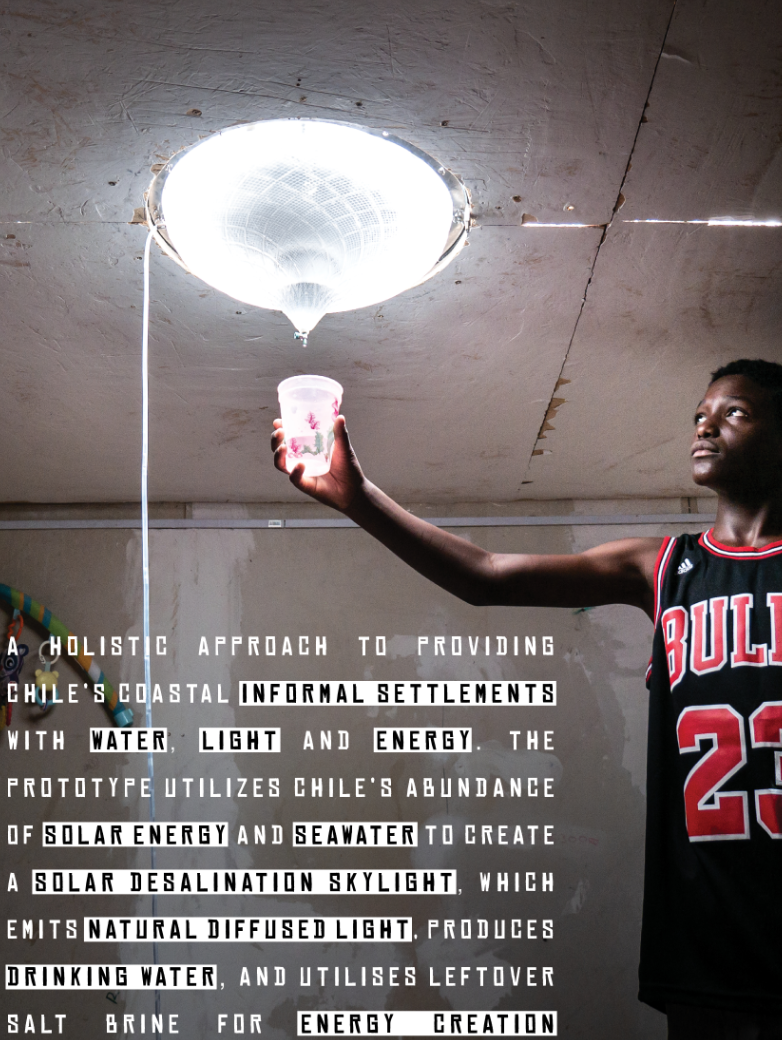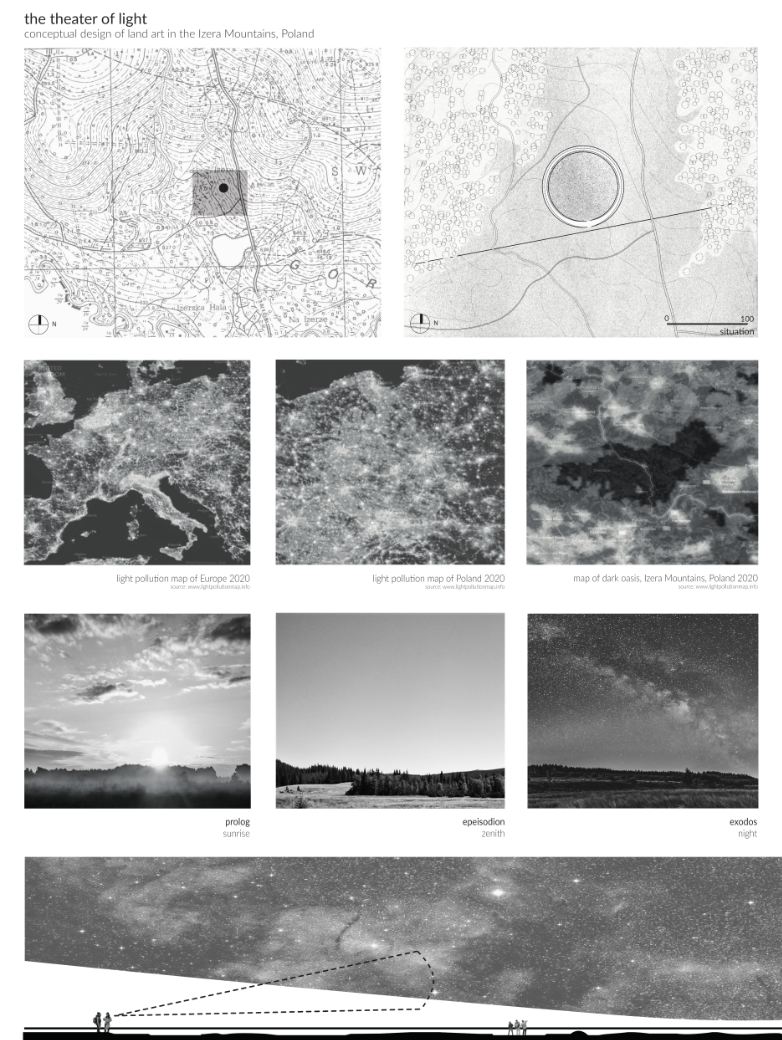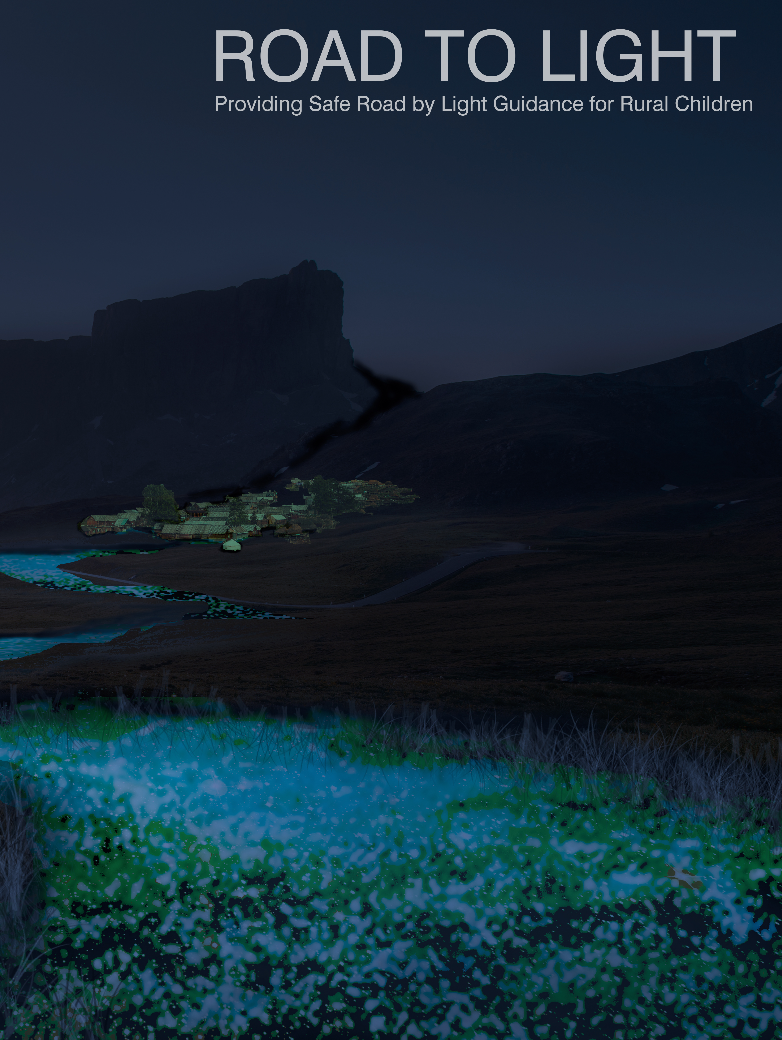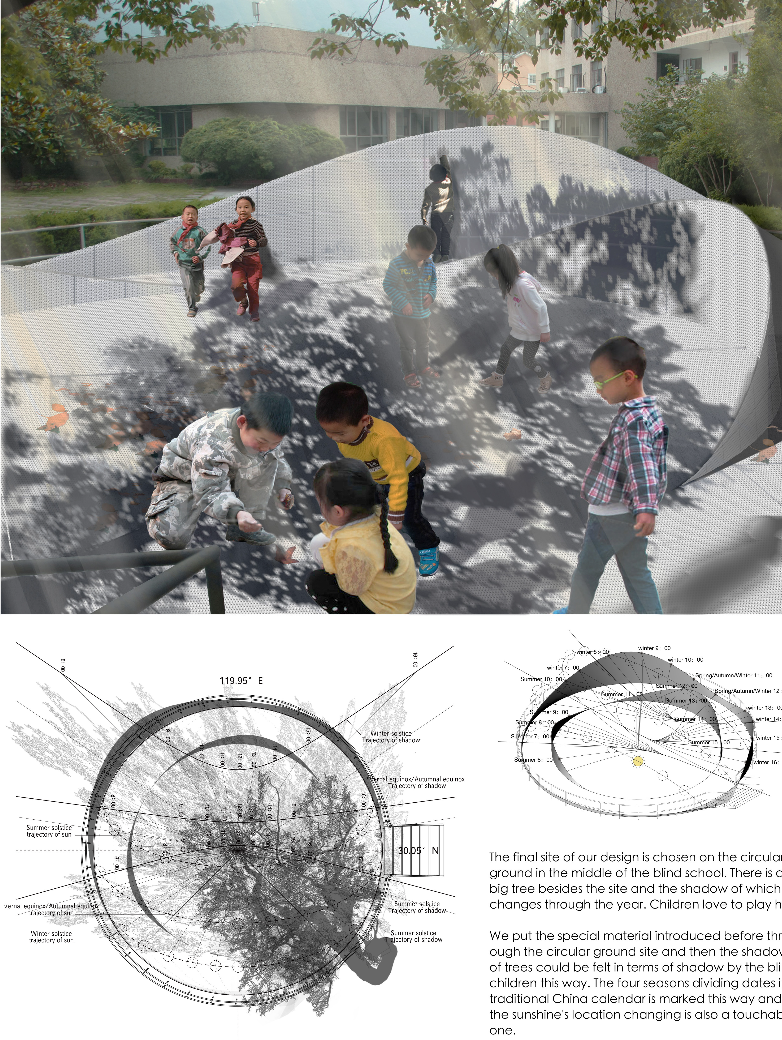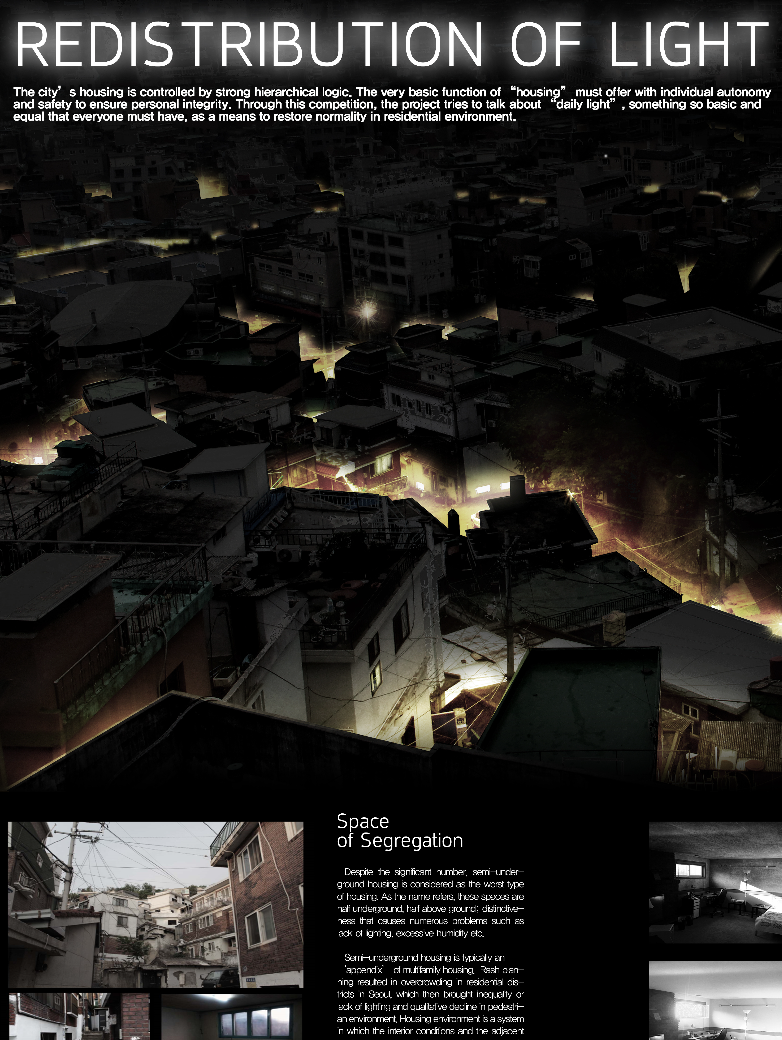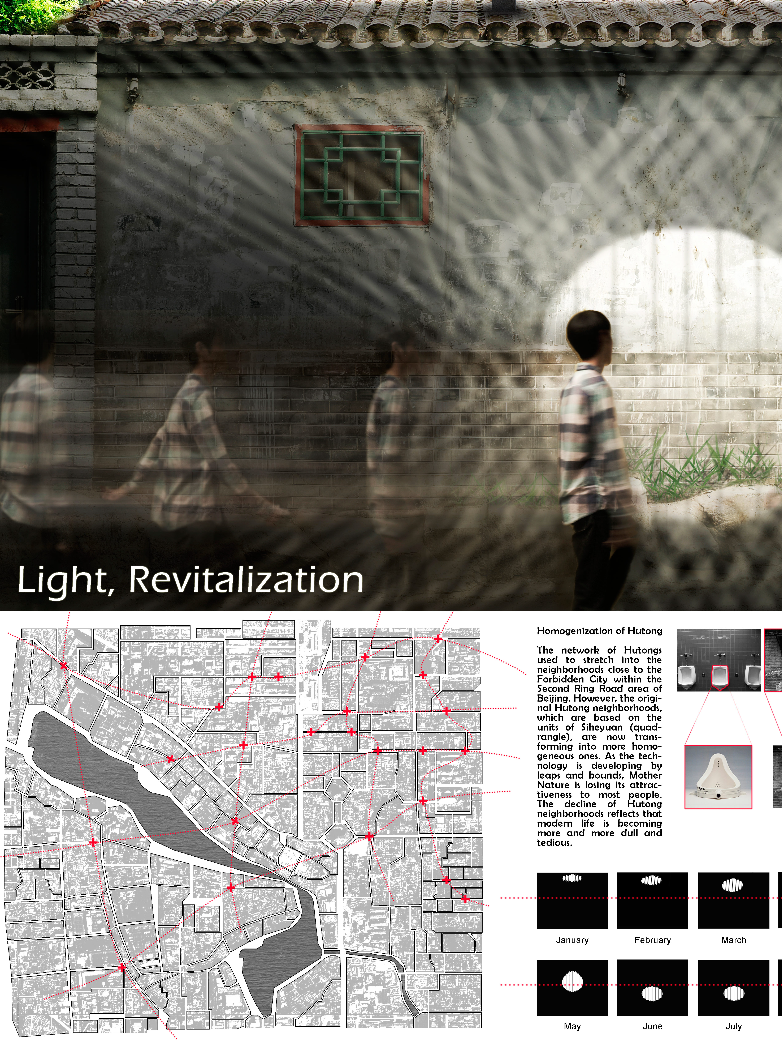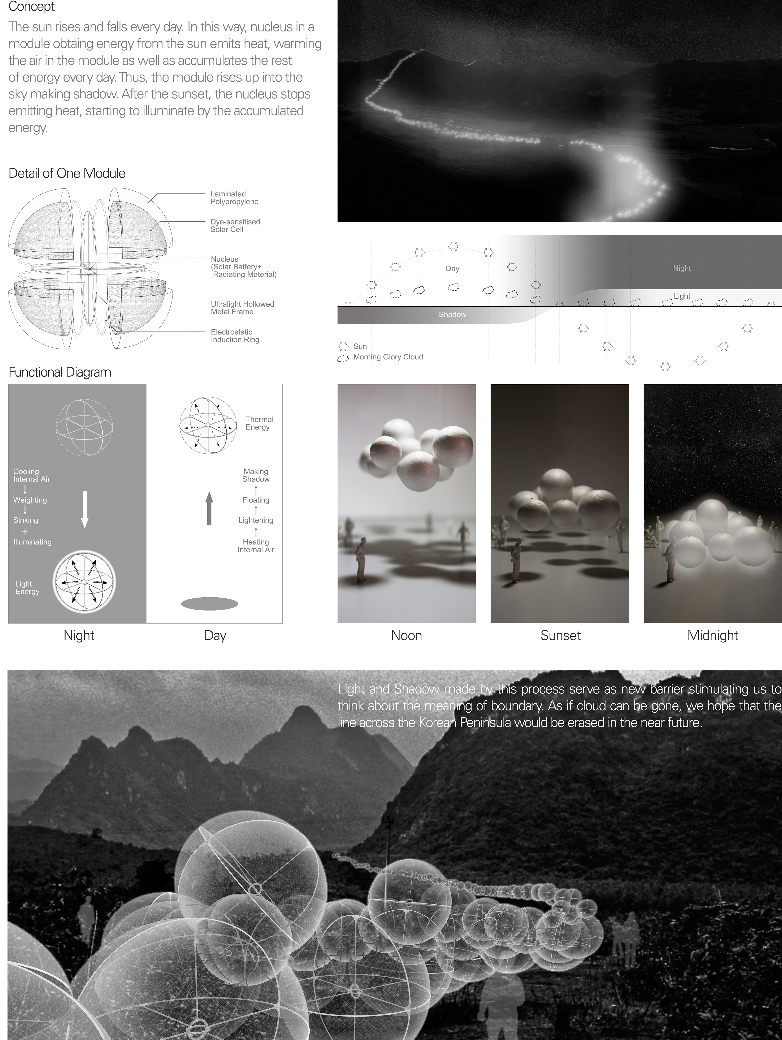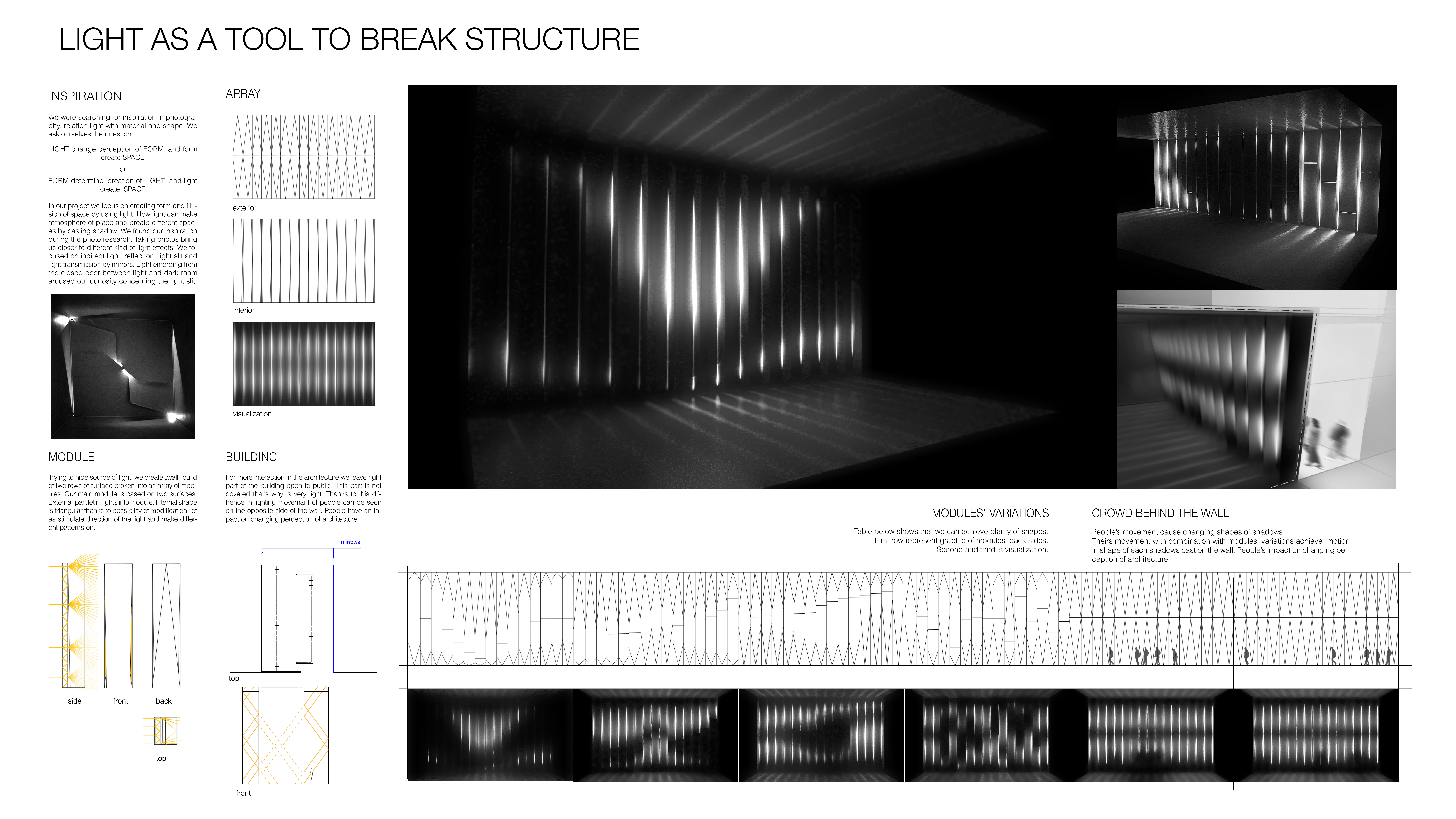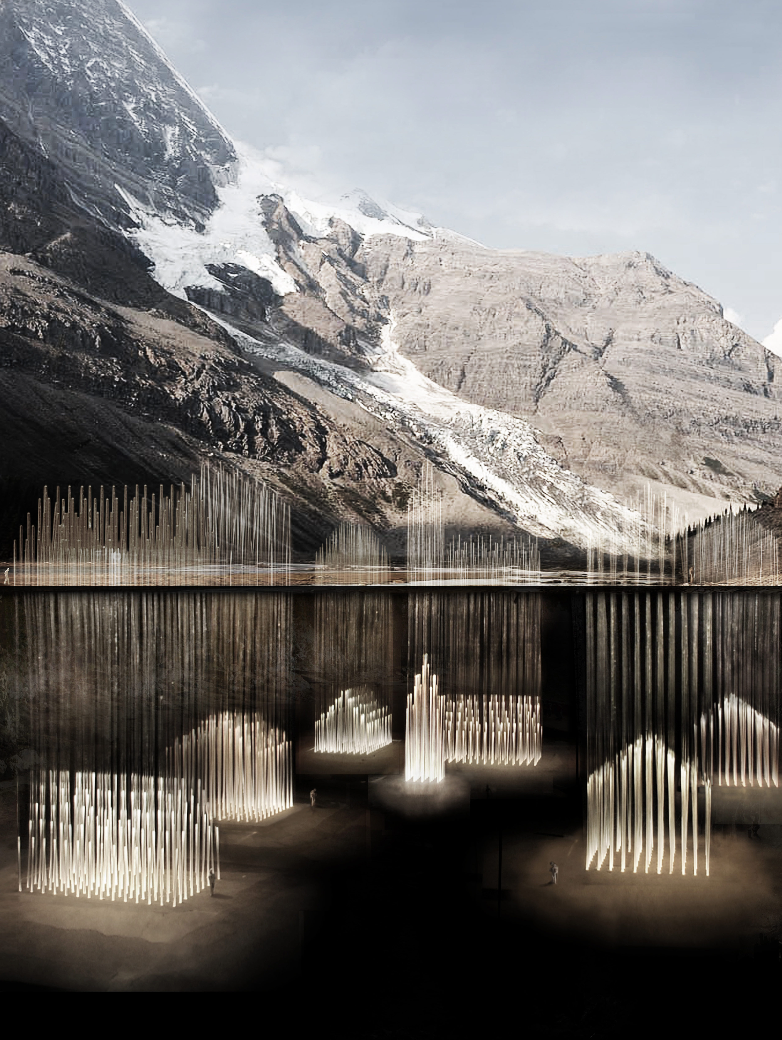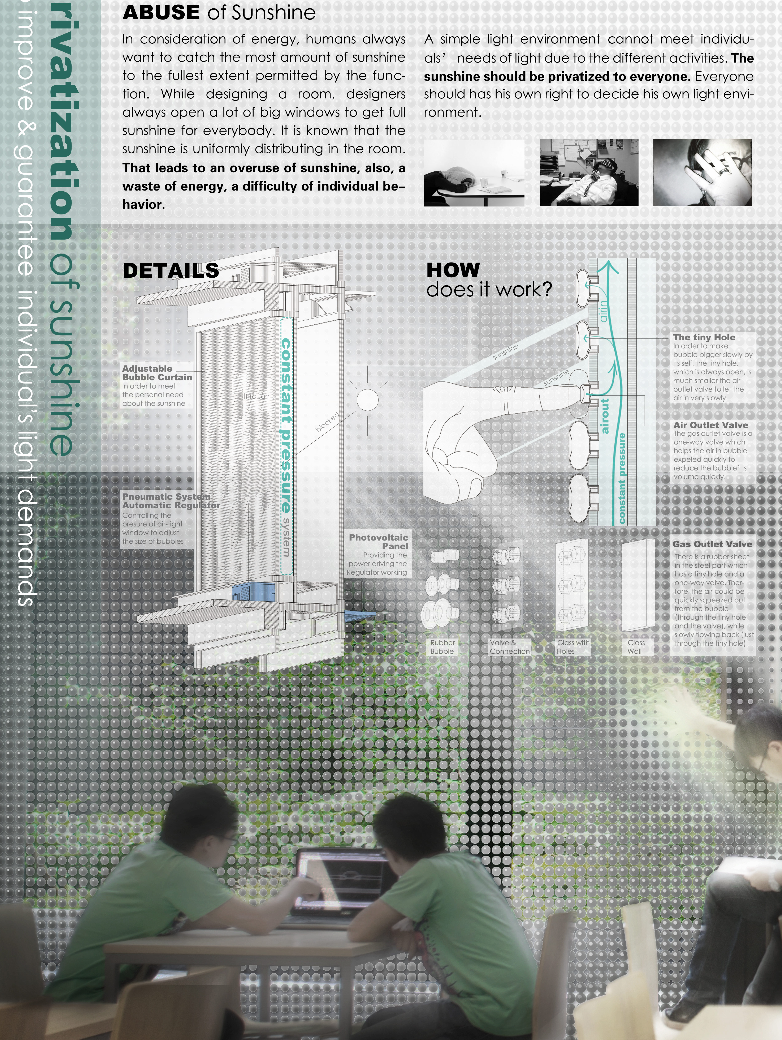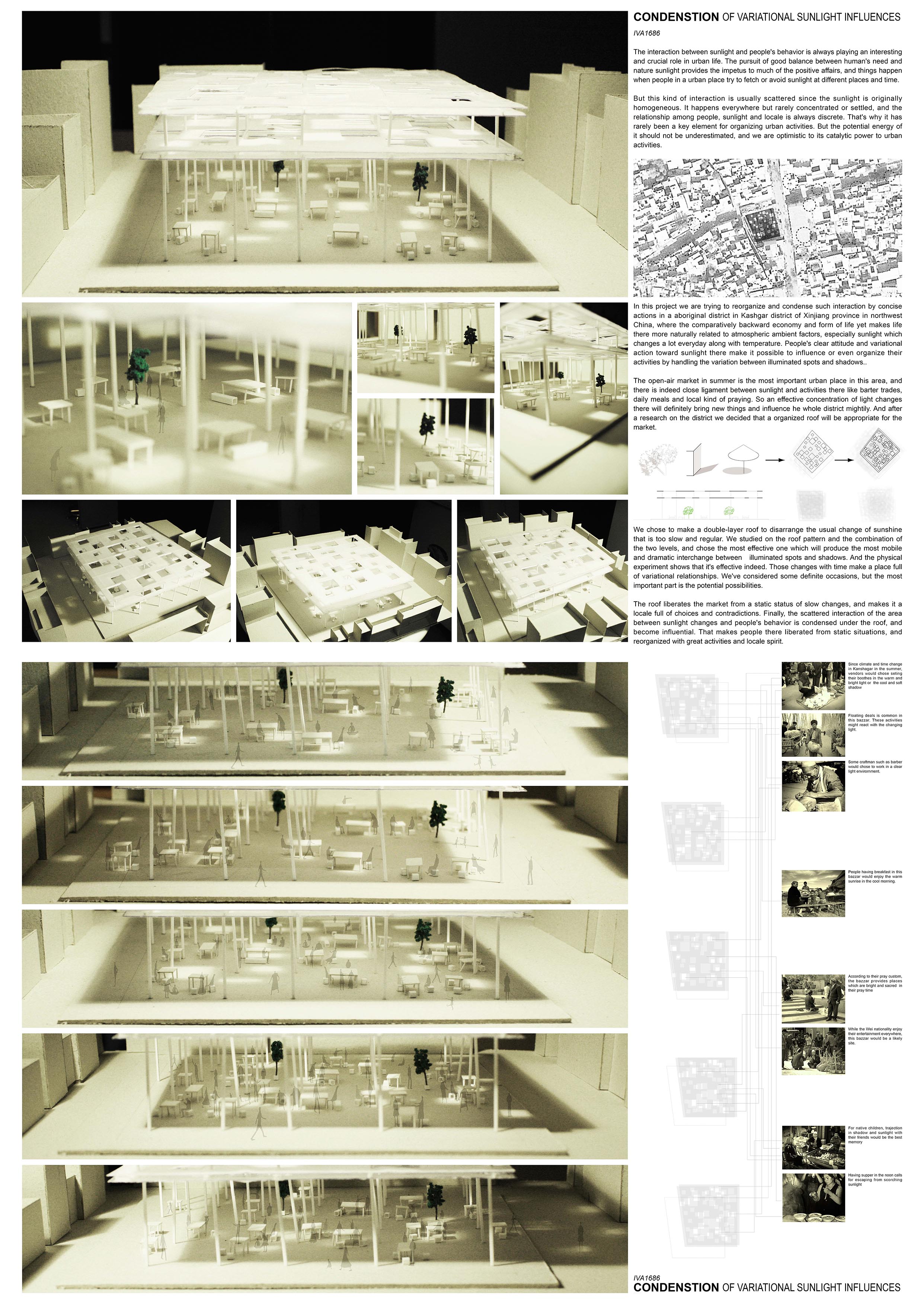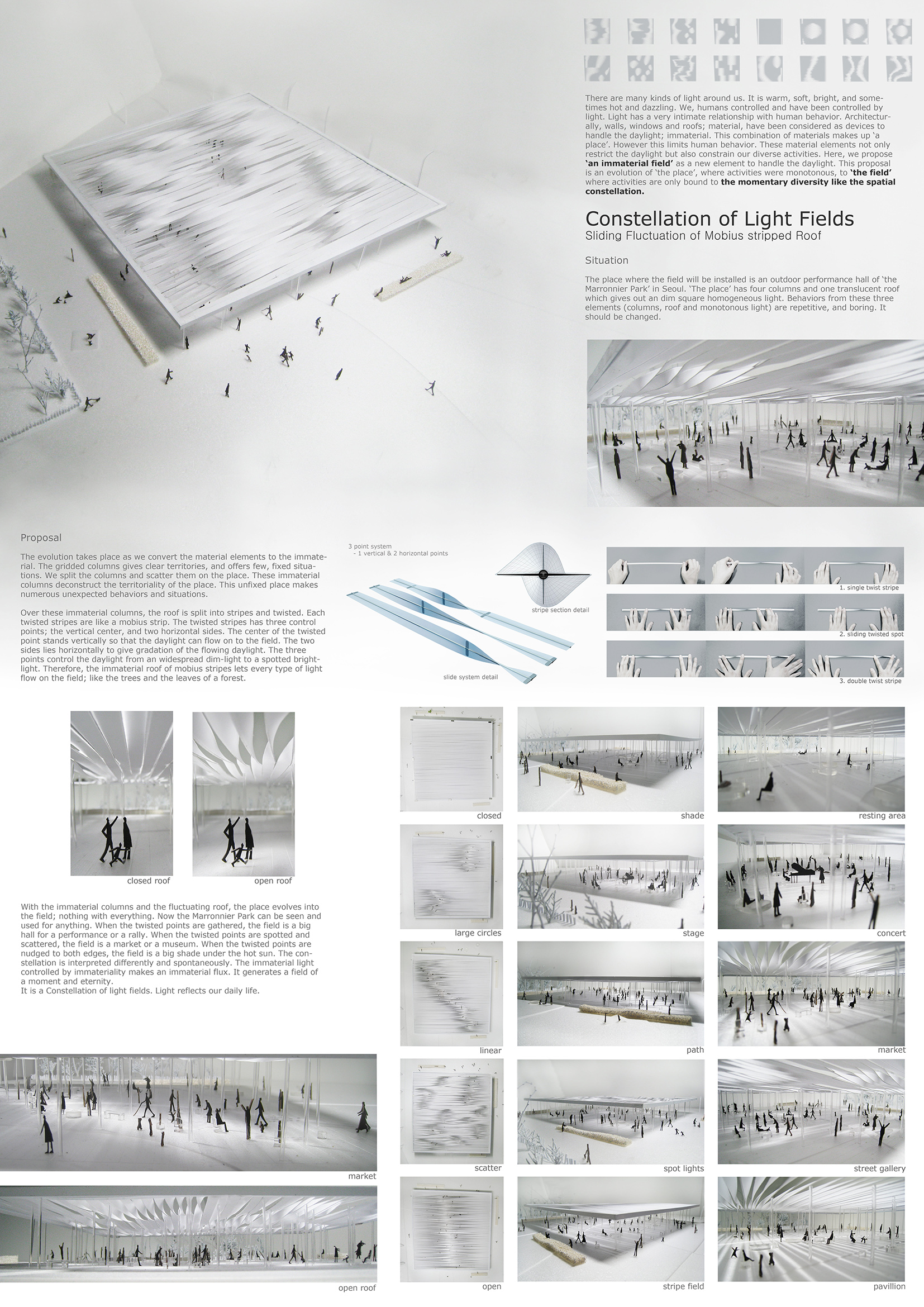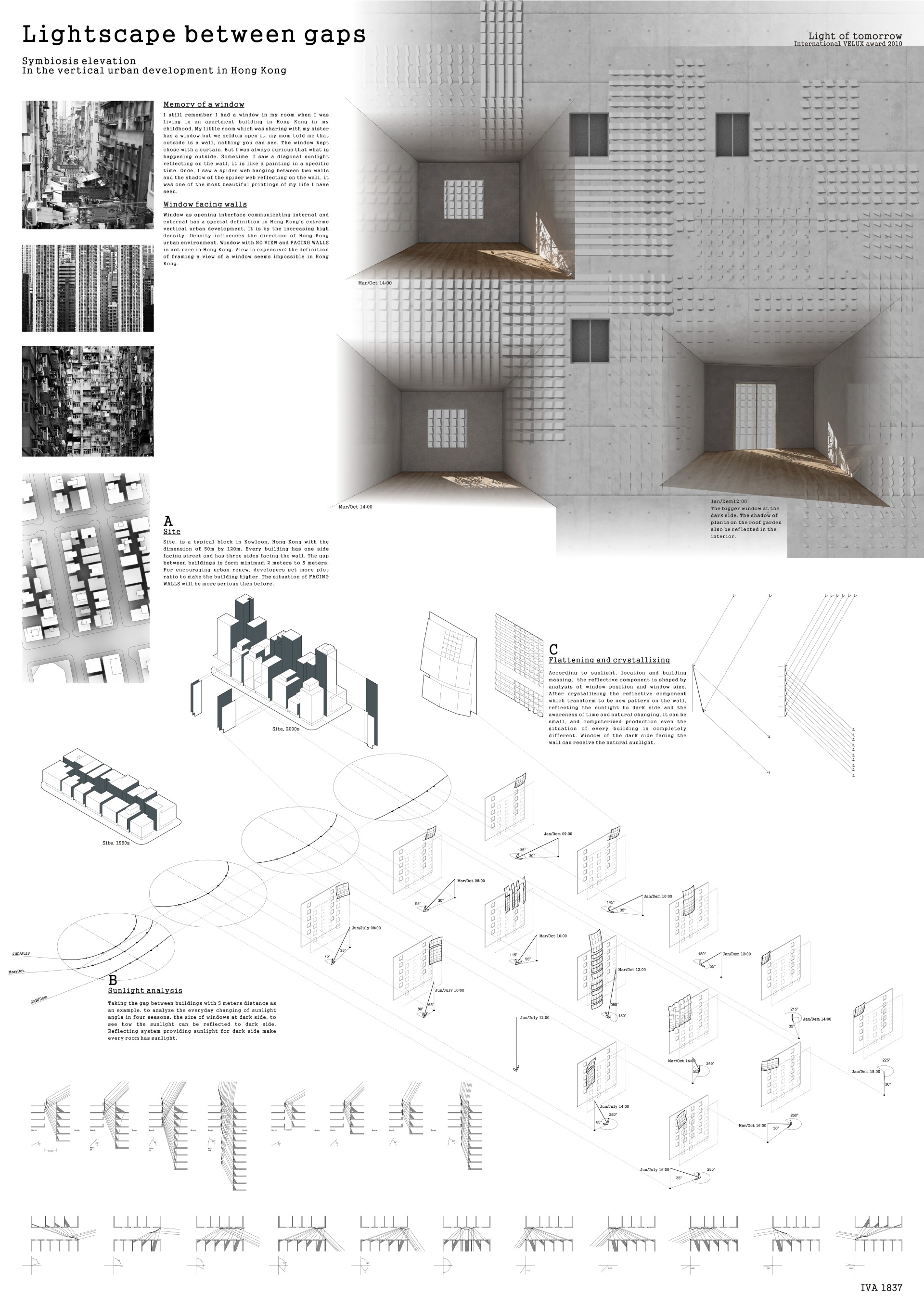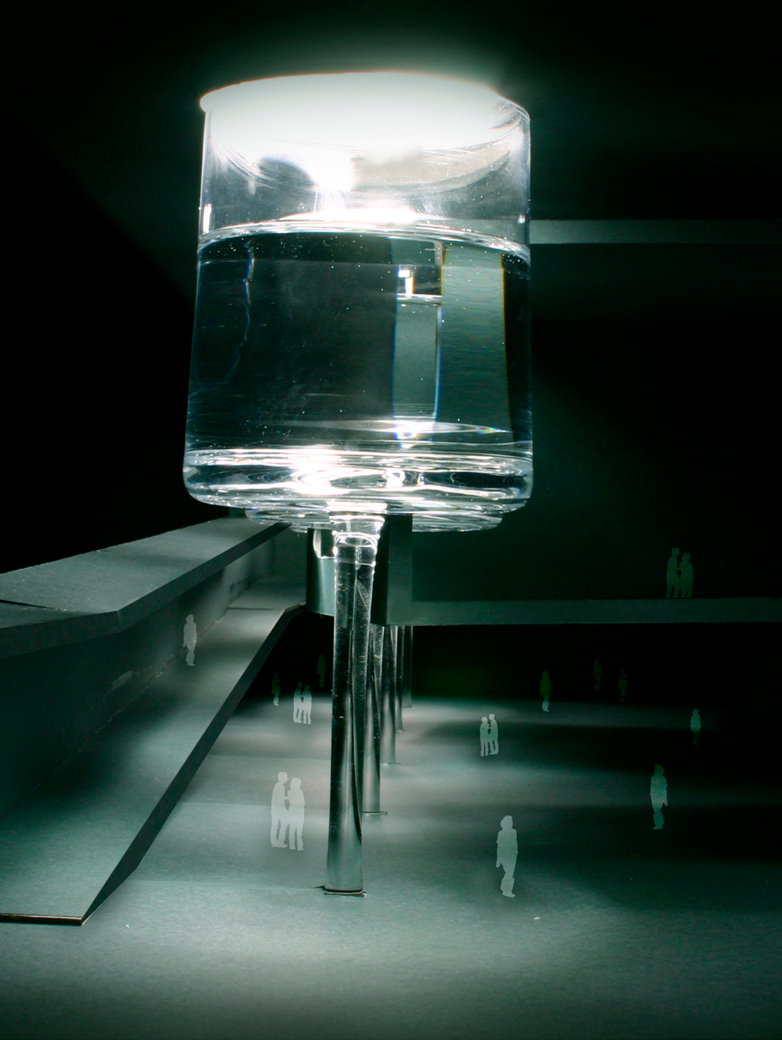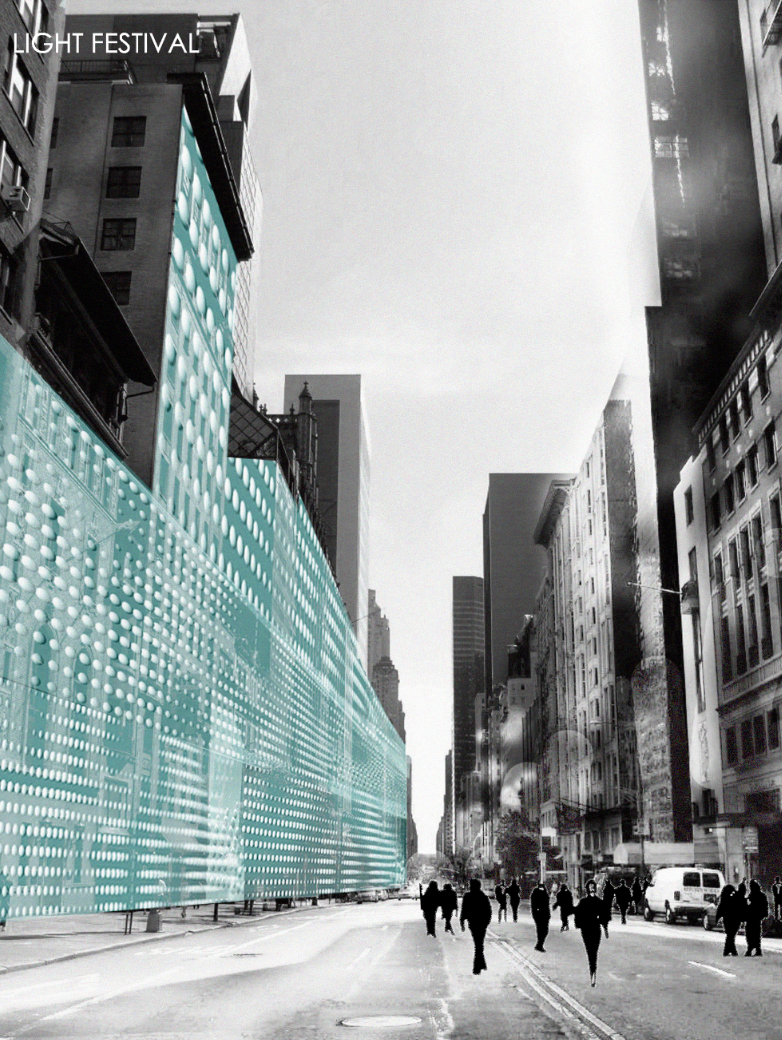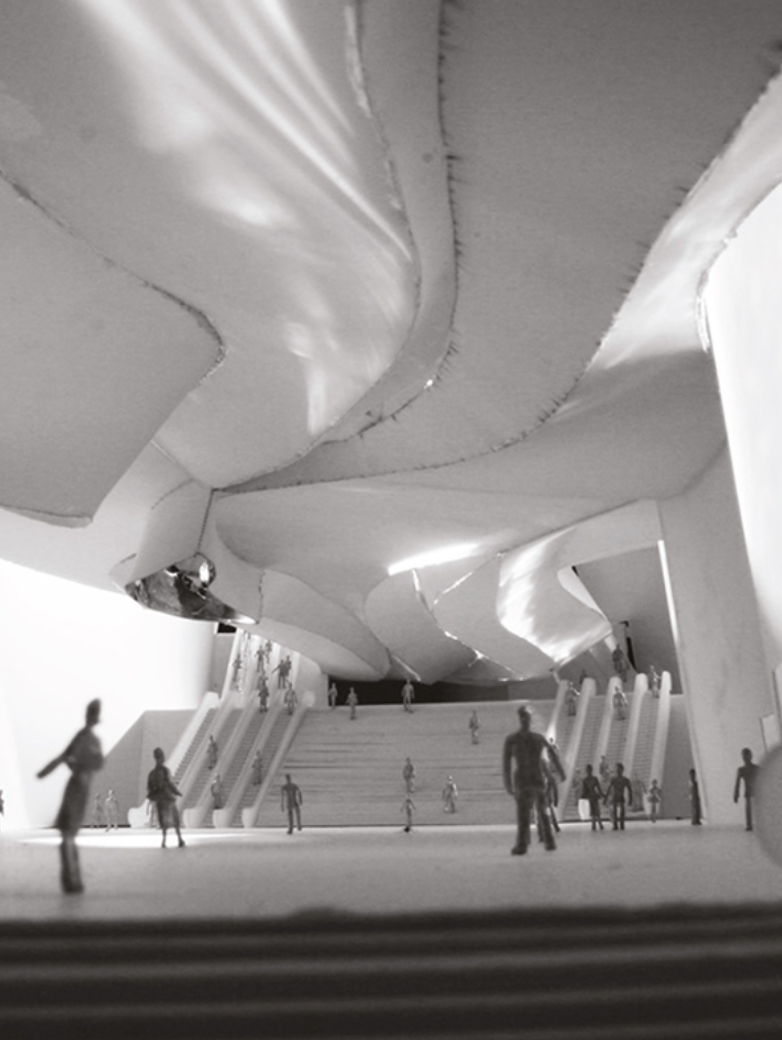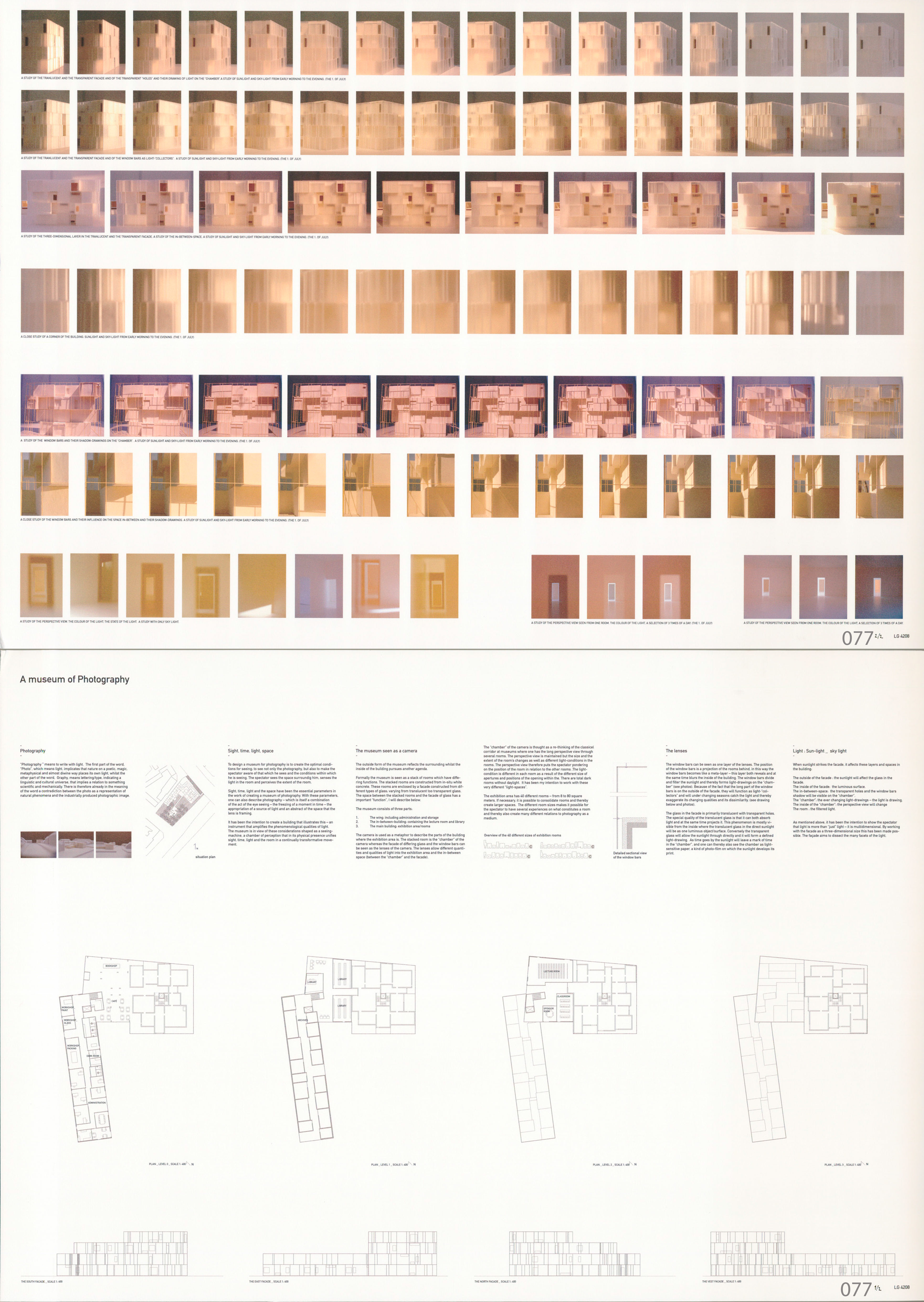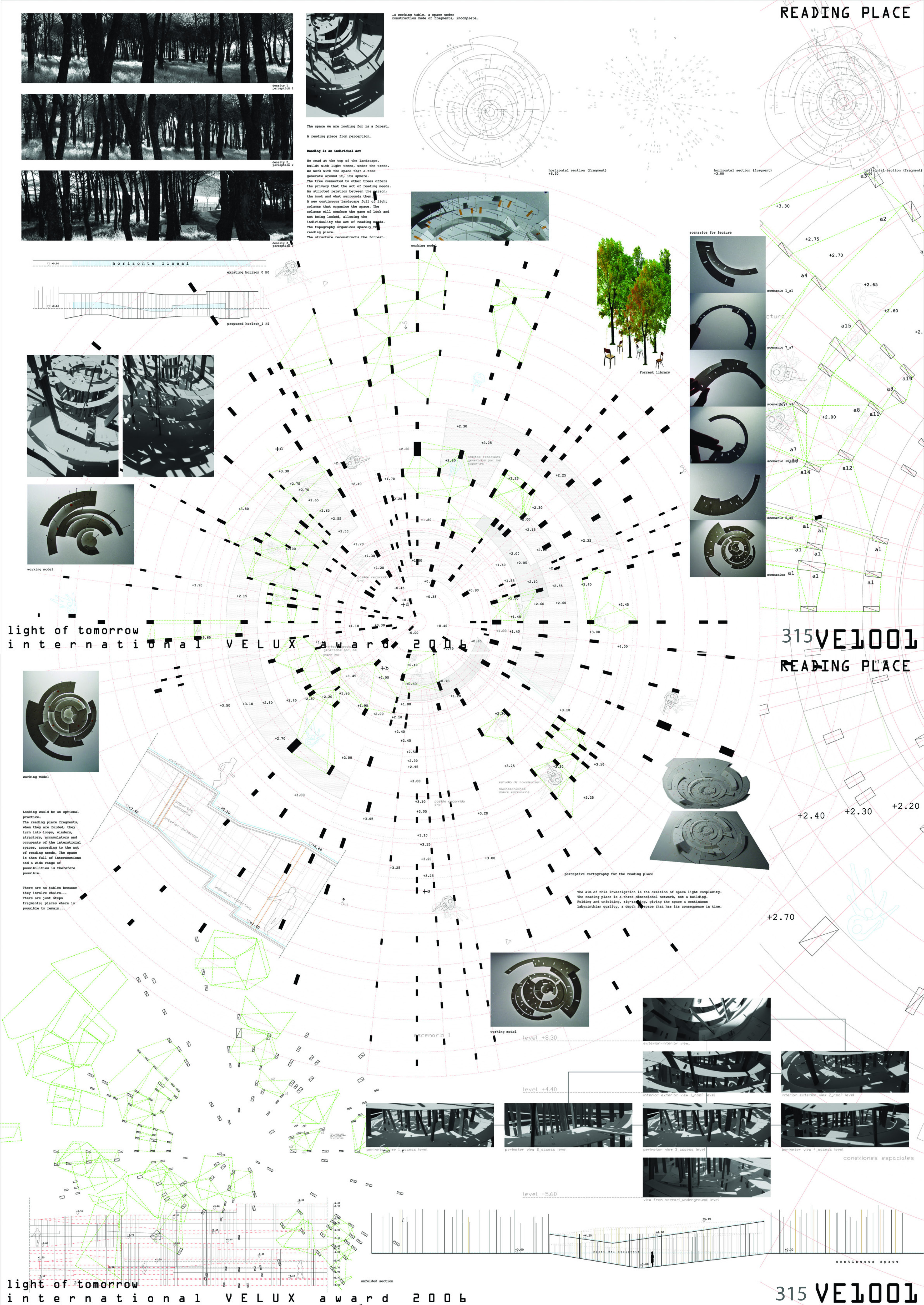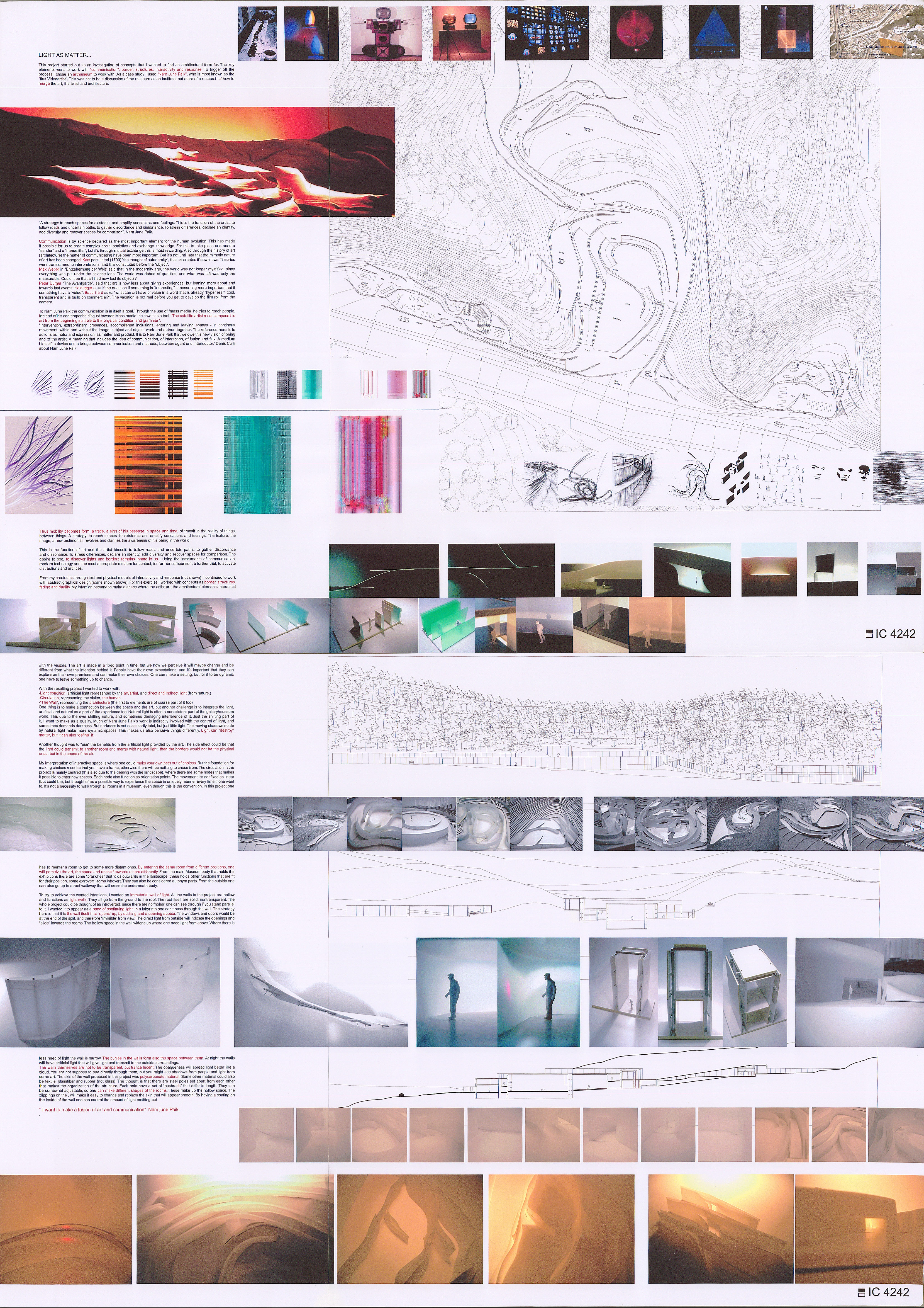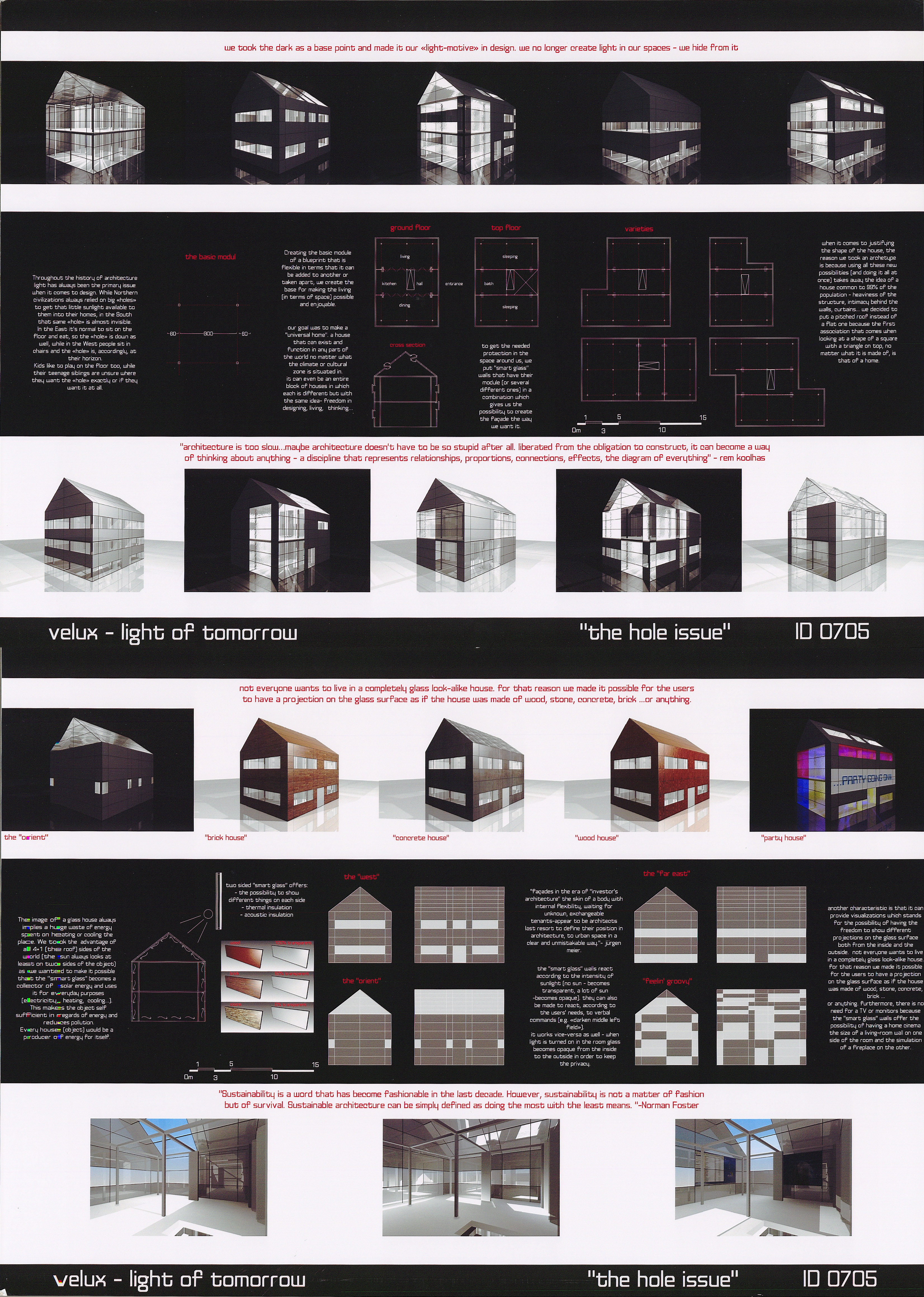2024 - Glowing rivers
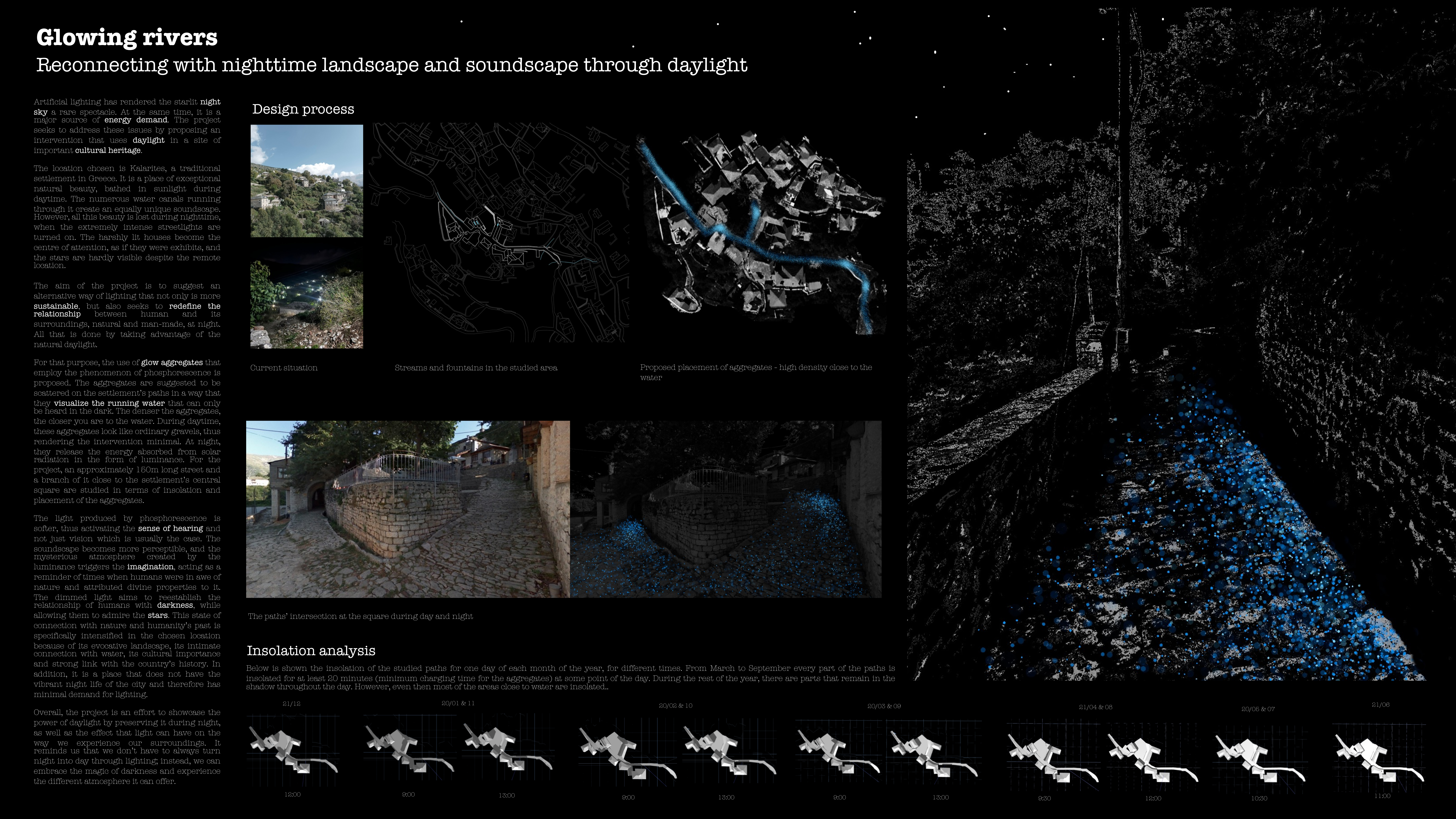
Category
Daylight Investigations - Region 2: Eastern Europe and the Middle East
Students
Styliani Plevraki
Teacher
Costandis Kizis
School
National Technical University of Athens
Country
Greece
Download
Download project board
Artificial lighting has rendered the starlit night sky a rare spectacle. At the same time, it is a major source of energy demand. The project seeks to address these issues by proposing an intervention that uses daylight in a site of important cultural heritage.
The location chosen is Kalarites, a traditional settlement in Greece. It is a place of exceptional natural beauty, bathed in sunlight during the daytime. The numerous water canals running through it create an equally unique soundscape. However, all this beauty is lost during nighttime, when the extremely intense streetlights are turned on. The harshly lit houses become the center of attention, as if they were exhibits, and the stars are hardly visible despite the remote location.
The aim of the project is to suggest an alternative way of lighting that not only is more sustainable but also seeks to redefine the relationship between humans and their surroundings, natural and man-made, at night. All that is done by taking advantage of the natural daylight.
For that purpose, the use of glow aggregates that employ the phenomenon of phosphorescence is proposed. The aggregates are suggested to be scattered on the settlement’s paths in a way that they visualize the running water that can only be heard in the dark. The denser the aggregates, the closer you are to the water. During the daytime, these aggregates look like ordinary gravels, thus rendering the intervention minimal. At night, they release the energy absorbed from solar radiation in the form of luminance. For the project, an approximately 150m long street and a branch of it close to the settlement’s central square are studied in terms of insolation and placement of the aggregates.
The light produced by phosphorescence is softer, thus activating the sense of hearing and not just vision, which is usually the case. The soundscape becomes more perceptible, and the mysterious atmosphere created by the luminance triggers the imagination, acting as a reminder of times when humans were in awe of nature and attributed divine properties to it. The dimmed light aims to reestablish the relationship of humans with darkness, while allowing them to admire the stars. This state of connection with nature and humanity’s past is specifically intensified in the chosen location because of its evocative landscape, its intimate connection with water, its cultural importance, and strong link with the country’s history. In addition, it is a place that does not have the vibrant nightlife of the city and therefore has minimal demand for lighting.
Overall, the project is an effort to showcase the power of daylight by preserving it during the night, as well as the effect that light can have on the way we experience our surroundings. It reminds us that we don’t have to always turn night into day through lighting; instead, we can embrace the magic of darkness and experience the different atmosphere it can offer.


